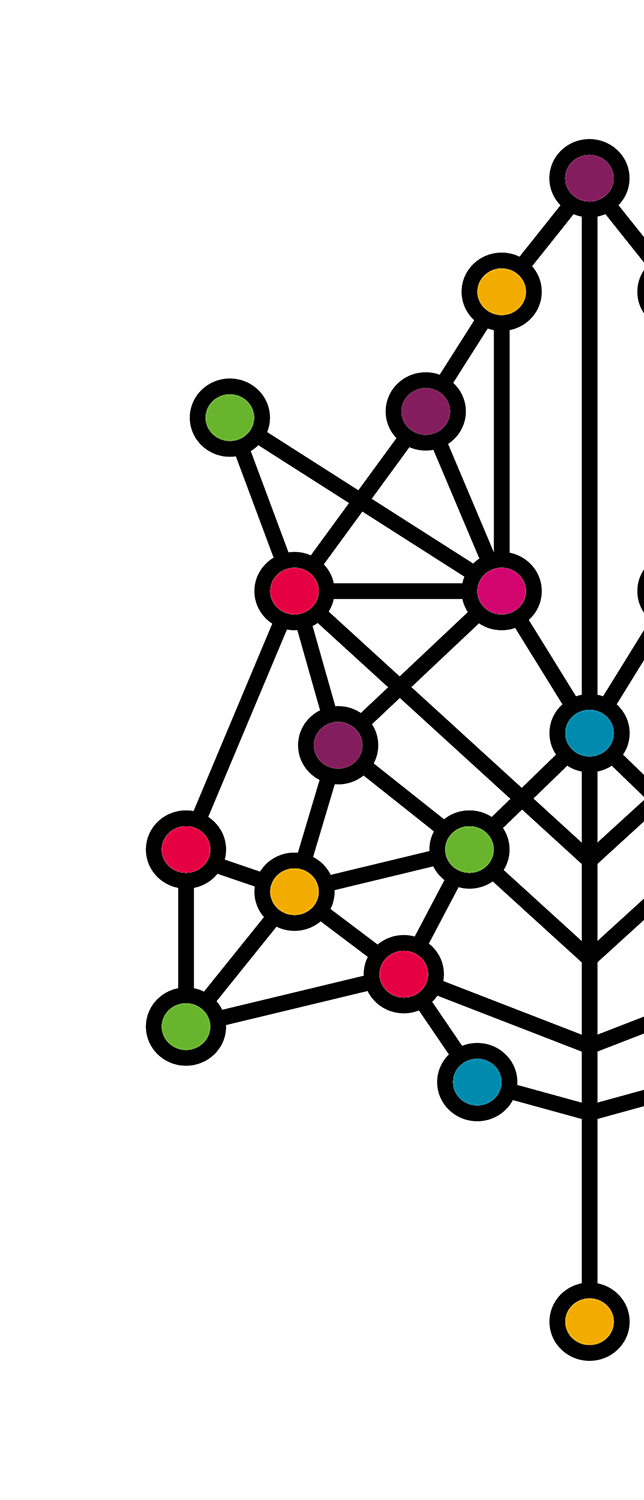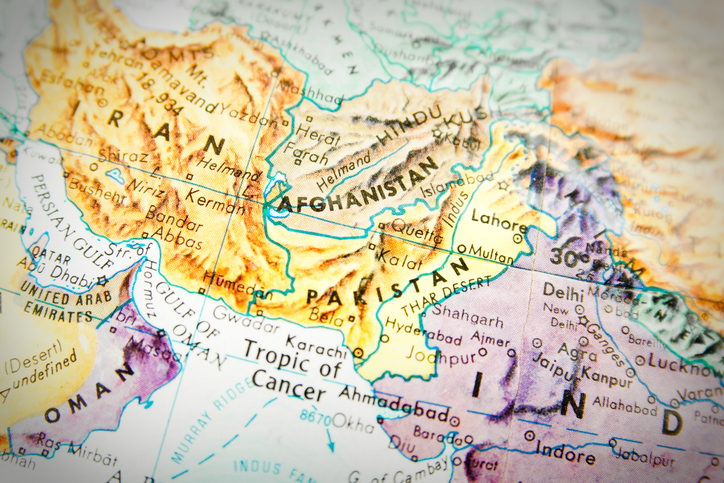Photograph by: Tana Forrest
Blog post by Dr Tana Forrest, Teaching Fellow in Sociology (Race, Ethnicity and Decolonial Thought)

Across continents and time zones, my unbiological sister and I exchanged stories of the ways in which we have recently been [mis]racialised(1). We have been having variations of this conversation for over a decade – me as the mixed race child of a white South African mother and black South African father, her as the mixed race child of a South African Coloured mother and a South African Indian father. Both as sisters of circumstance; as the active participants of a sisterhood welded in the veld of the North West province, on the grounds of the old headquarters of an ex-Bantustan – on a site that is the forever home of the whispers of the anti-Apartheid political prisoners who were kept there. On this land our families became intertwined; we became sisters with two mothers, two families and parallel experiences of the violence of [mis]racialisation in our everyday lives.
At school, across years, new names were crafted by our peers – many of whom were people of colour – to encapsulate our racial identities (see Forrest, 2014). The question “what are you?” followed us wherever we went, providing fodder for the stories we shared night after night over curry or hake grilled in foil and drenched in garlic.
And now I am 33, Aditi is 26, the question continues to emerge, showcasing its creative potential, manifesting in a multitude of ways, the answer to which always requires us to name ourselves in racial terms (if we have not been named already). A demand for us to racialise ourselves to quench a particular thirst for categorisation which – over years of scholarly enquiry (see Forrest, 2022) (and therapy) – I have accepted is 1) situated deep in the colonial frameworks of our past/s and 2) is a particular type of violence that we re/enact upon one another on a day-to-day basis.
The violence of racial categorisation (see Isoke, 2016) seems obvious upon reflection; however, this violence appears to get lost in the everyday common sense-ness of it all, making it easy to forget the historical significance and implications of placing one another into racial categories.
In South Africa, the apartheid government’s history of racial categorisation formed the basis of the comprehensive segregation between people of colour and white people. The resulting structural violence remains embedded in the country – the gruesome economic disparities, the severely skewed access to basic services, the continued spatial segregation that is maintained by class but defined by colour, the ways in which we continue to perceive and describe one another on the basis of that thing called race. And if we reach back even further, we note the coloniality of the whole thing. The enslavement that occurred on the grounds where we go for wine tasting, or to party in the centre of Cape Town in the vicinity of the Slave Lodge or the Company’s Gardens which were maintained in the 17th and 18th Centuries by people enslaved by the Dutch East India company (see Groenewald, 2010). A countless number of violent happenings across the world have been dependent on the notions of racial hierarchy and white supremacy, making the process of racially categorising one of undeniably innate violence.
And we perpetuate and reproduce that violence through categorising each other. And when we try to exercise our agency and categorise ourselves, we then must debate about the fact that we are reinforcing or depending on the construct of race to do so (see Amin, 2010). And yet racism persists anyway (see Goldberg, 2015) so surely, we must call ourselves something; we must find a way to name ourselves when naming is inevitable, even though we would much rather not. And even when the names include us, they exclude others (as they always have and as they will continue to do). Where my mixed race is accommodated in the UK official census categories, my sister’s mixed race is not, and neither is her mother’s whose racial identity is only recognised in the UK as a derogatory term. This operates as an erasure of the diverse histories and culture articulated within South African Coloured identities. And so, in the UK I am named on the basis of race but my sister and second mother are not. In South Africa my second mother is named on the basis of race, but my sister and I are not. Categorisation does as it is meant to do, if it is not reducing us to essentialist definitions of what we should be, it is rendering our experiences entirely absent.
The terms that we use to name ourselves (Black, African, African-American, Black British, Minority, Latina/o, West Indian, Caribbean. Hispanic, People of Colour, Women of Colour, Afro- Caribbean, Third World and so on) carry their strings of echoes and inscriptions. Each represents an original misnaming and the simultaneous constant striving of the dispossessed for full representation. Each therefore must be used provisionally; each must be subject to new analyses, new questions and new understandings if we are to unlock some of the narrow terms of the discourses in which we are inscribed. In other words, at each arrival at a definition, we begin a new analysis, a new departure, a new interrogation of meaning, new contradictions (Boyce Davies, 1994: 5).
I am not advocating for a “doing away” with notions of race. Until the damage that has been and continues to be wrought by racism is overcome – damage that must be named and addressed – we must continue to engage with it, to underscore how race has been socially constructed for the purposes of situating and reinforcing white supremacy and the impact that this construction has had and will continue to have on the entirety of our lived experiences. What I am advocating for is a recognition of the harm that exists within processes of racialisation and how we perpetuate colonial violence through naming one another on the basis of race without our consent. I am advocating for a moment of reflection:
“…it’s just like, ok you can tell me my identity, but I don’t know my own flippin’ identity… what does this have to do with Physio? Like am I gonna treat you better or differently if I’m Indian?” (Aditi, 2023).
What violence is implicit in being challenged about your identity whilst you are trying to do your job? What colonial urge lingers in the need to ask (read, categorise) and the need to be answered when you cannot quite “place” (read categorise) someone? Note: these experiences are not limited to race but include experiences of gender (see Butler, 2004). I pose these questions as an invitation for all of us to consider the historical grounding of the ways in which we perceive and categorise one another, as well as a suggestion to accept people of colour’s answers if we choose to give them. If we must name, allow us to name ourselves. If we must name one another, allow us to offer our names.
Notes
(1) I use the term [mis]racialise to speak to the experience of being named racially in ways with which we do not identify. I include the brackets because regardless of whether or not we identify with how we are perceived racially, the process remains one of racialisation. Whether I identify with the way I am racialised or not, I remain racialised. Further, through identifying with particular racial identities, I racialise myself. The racialising process is thus layered – you racialise me, I racialise myself, we racialise each other.
References
Amin, A. (2010). The Remainders of Race. Theory, Culture & Society, 27(1): 1-23.
Butler, J. (2004). Undoing Gender. Routledge: New York.
Erasmus, Z. (1997). “Oe! My Hare Gaan Huistoe”: Hair-Styling as Black Cultural Practice. Agenda: Empowering Women for Gender Equity. 32: 11–16.
Forrest, T. (2014). Traversing Racial Boundaries: Thoughts on a Rainbow Nation. Unpublished Master’s Thesis, University of Cape Town.
Forrest, T. (2022). Multiplicitous Existences: Mixed Race Identities in Coventry. PhD Thesis, University of Warwick.
Forrest, T. (2023). WhatsApp Conversation with Aditi, 23rd October.
Goldberg, D.T. (2015). Are we all postracial yet? Malden: Polity Press.
Groenewald, G. (2010). Slaves and Free Blacks in VOC Cape Town, 1652 – 1795. History Compass, 8(9): 946 – 983.
Isoke, Z. (2016). Race and Racialization. In Disch, L. and Hawkesworth, M. (eds) The Oxford Handbook of Feminist Theory. New York: Oxford University Press. Pp 741-760.
Mercer, K. (1987). Black hair/style politics. New Formations, 3:33-54





